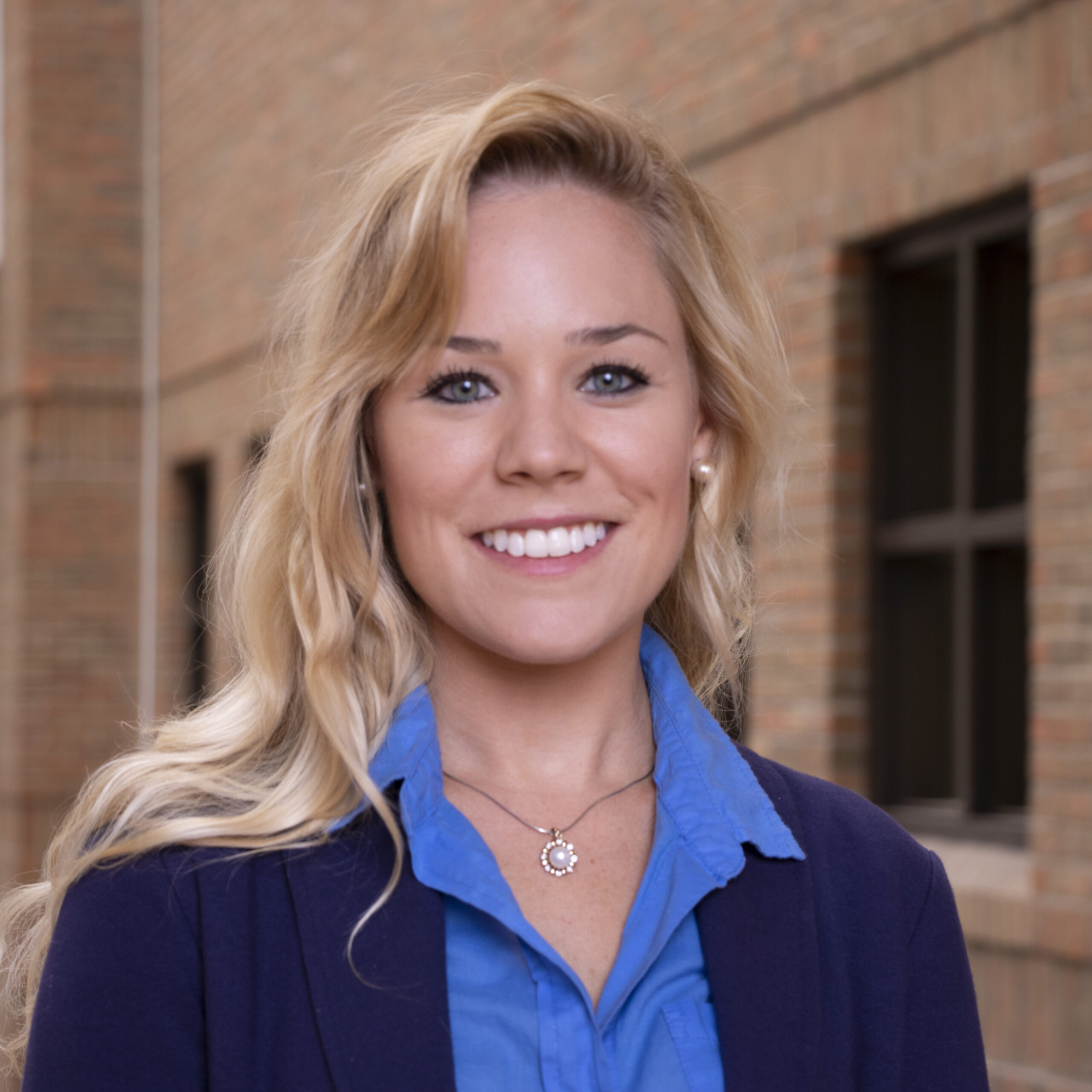
Dissertation Defense
Optical Refrigeration of Crystals Doped with Yb3+ and Ti3+ Ions
This event is free and open to the publicAdd to Google Calendar

Passcode: Lasers
Over the past two and a half decades, advancements in the field of laser cooling of solids have provided a way to reach cryogenic temperatures in rare-earth-doped glasses and crystals through the emission of up-converted fluorescence. However, significant factors still limit cooling, such as unavoidable heating due to unintended impurities and the slowness of cooling, which stems from the forbidden nature of transitions currently utilized to implement refrigeration. The primary contributions of this thesis are new experimental approaches that overcome impurity heating and speed up cooling by saturation of background absorption and the use of allowed transitions.
The efficiency of anti-Stokes fluorescence (ASF) cooling in a 10%Yb3+:LiYF4 crystal was shown to double at 1020 nm when background impurity absorption was partially saturated. Thus, in some materials, the use of high intensity to reduce the background heat load can address the main limitation to optical refrigeration, providing a post-growth method for improving ASF cooling performance. Laser cooling of a solid on an electric dipole (ED) allowed transition was also observed for the first time in this work. The cooling rate on the allowed transitions of Ti3+:Al2O3 was estimated to be more than 104 times higher than on the forbidden transitions of Yb3+ ions in LiYF4.
These results open the door to future use of allowed transitions for rapid optical refrigeration, tunable radiation-balanced lasers based on transition metal ions like Ti3+, or Raman cooling for the purpose of reaching l-He temperatures. In addition, the demonstrated cooling of sapphire should enable vibration-free, cryogenic cooling of III-V nitride semiconductor sensors in space.
Chair: Prof. Stephen C. Rand
 MENU
MENU 
